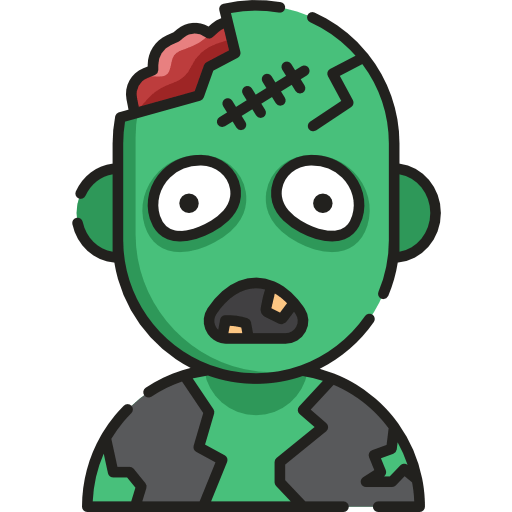import { Collision } from '../Collision';
import { config } from '../../config';
/**
* The Camera class is designed to manage the rendering and viewport of the game
* world. It focuses on controlling the visible area based on the position of the
* player and efficiently rendering only the visible portion of the game world.
* @class
* @category Game Scene
*/
export class Camera
{
/**
* Create new camera.
*
* @constructor
* @param {CanvasRenderingContext2D} context - the canvas rendering context
* @param {number} frames - counter to control the frequency of updates
*/
constructor (context, frames = 0) {
/**
* x - the camera tracking x coordinate.
* @type {number}
*/
this.x = 0;
/**
* y - the camera tracking y coordinate.
* @type {number}
*/
this.y = 0;
/**
* offsetX - the canvas x-axis offset.
* @type {number}
*/
this.offsetX = 0;
/**
* offsetY - the canvas y-axis offset.
* @type {number}
*/
this.offsetY = 0;
/**
* context - the canvas rendering context.
* @type {CanvasRenderingContext2D}
*/
this.context = context;
/**
* frames - counter to control camera updates.
* @type {number}
*/
this.frames = frames;
/**
* screen - object to represent the viewport.
* @type {Object}
*/
this.screen = null;
}
/**
* Update the camera and rendering state for entities.
*
* This method increments the frame counter and, when reaching a certain threshold,
* calculates the new screen object based on the player's position and the canvas
* dimensions. It checks each entity's bounding box or bounding circle against the
* screen to determine if they are within the visible area. Entities outside the
* visible area are flagged as sleep and not updated.
*
* @param {Player} player - the player entity
* @param {array} entities - array of game entities
*
* @returns {void}
*/
update (player, entities) {
this.frames++;
if (this.frames >= 15) {
this.frames = 0;
this.screen = {
x: player.x - this.offsetX - this.context.canvas.width / 2 - config.cell.size,
y: player.y - this.offsetY - this.context.canvas.height / 2 - config.cell.size,
width: this.context.canvas.width + config.cell.size * 2,
height: this.context.canvas.height + config.cell.size * 2
};
for (let i = 0; i < entities.length; i++) {
const entity = entities[i];
const bounds = {};
if (entity.bounding === 'arc') {
bounds.x = entity.x - config.cell.radius;
bounds.y = entity.y - config.cell.radius;
bounds.width = config.cell.radius * 2;
bounds.height = config.cell.radius * 2;
} else if (entity.bounding === 'box') {
bounds.x = entity.x;
bounds.y = entity.y;
bounds.width = config.cell.size;
bounds.height = config.cell.size;
}
entity.sleep = ! Collision.intersection(bounds, this.screen);
}
}
}
/**
* Resize placeholder.
*
* @returns {void}
*/
resize () {}
/**
* Clear the rendering context to prepare for a new scene.
*
* @returns {void}
*/
newScene () {
this.context.clearRect(0, 0, this.context.canvas.width, this.context.canvas.height);
}
/**
* Adjust the camera's position based on the passed entity's position.
*
* This method calculates the offset needed to center the entity on the screen
* and applies a translation to the rendering context to simulate camera movement.
*
* @param {Object} entity - the game entity (usually the player)
*
* @returns {void}
*/
preRender (entity) {
const targetX = -entity.x + this.context.canvas.width / 2;
const targetY = -entity.y + this.context.canvas.height / 2;
const vectorX = targetX - this.x;
const vectorY = targetY - this.y;
this.offsetX = this.x - targetX;
this.offsetY = this.y - targetY;
this.x += vectorX / 10;
this.y += vectorY / 10;
this.context.save();
this.context.translate(this.x, this.y);
}
/**
* Restore the rendering context state after rendering.
*
* @returns {void}
*/
postRender () {
this.context.restore();
}
}Source
